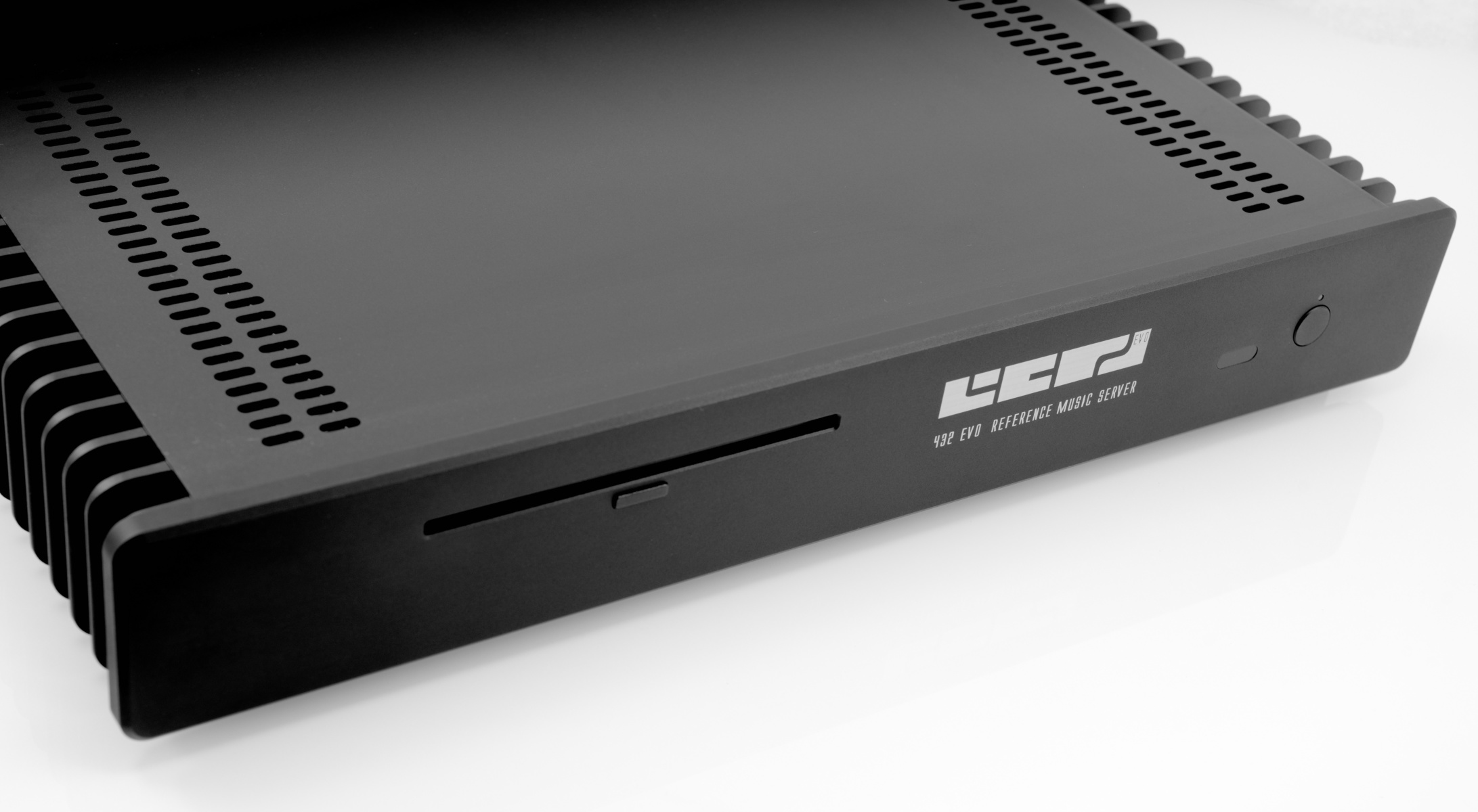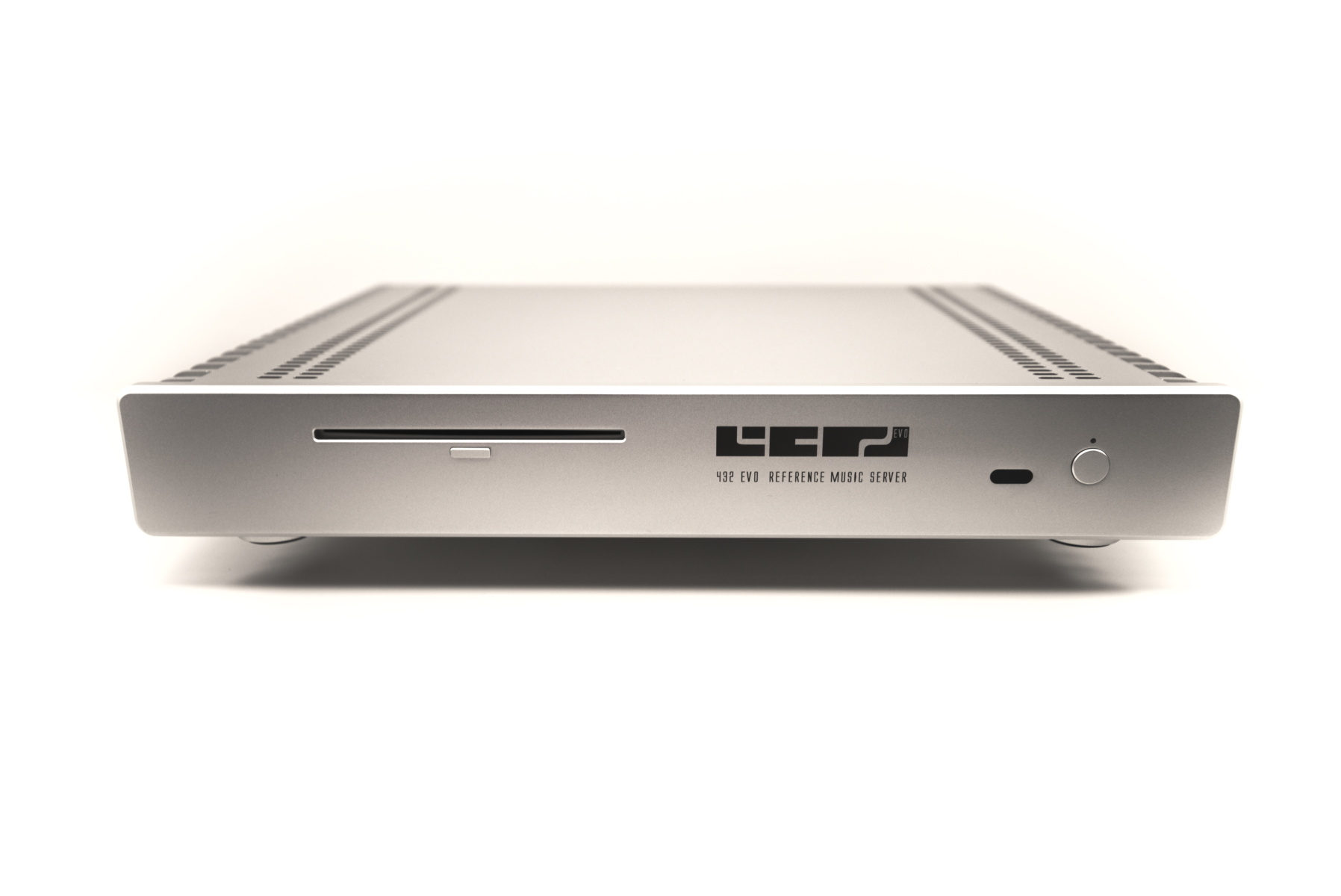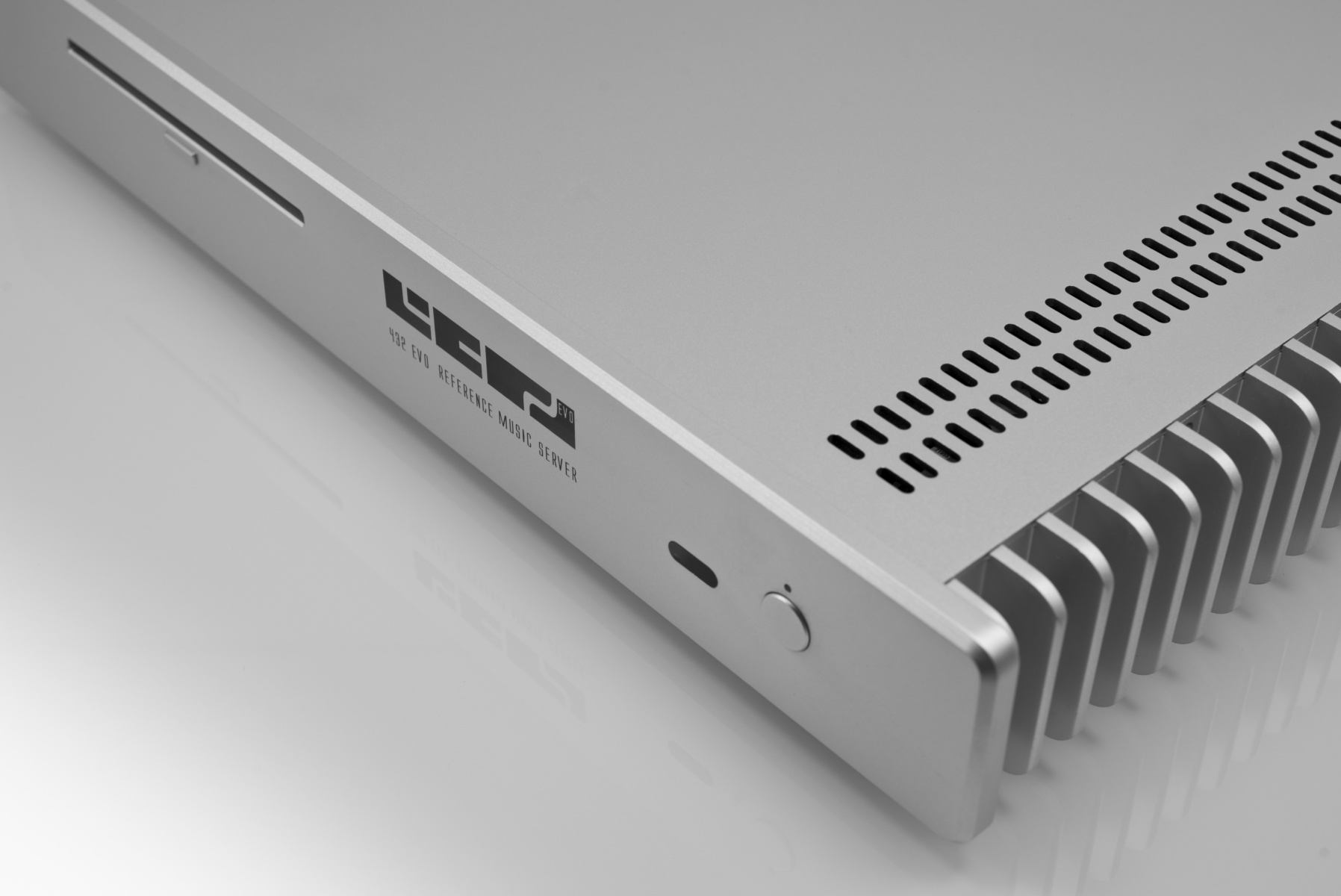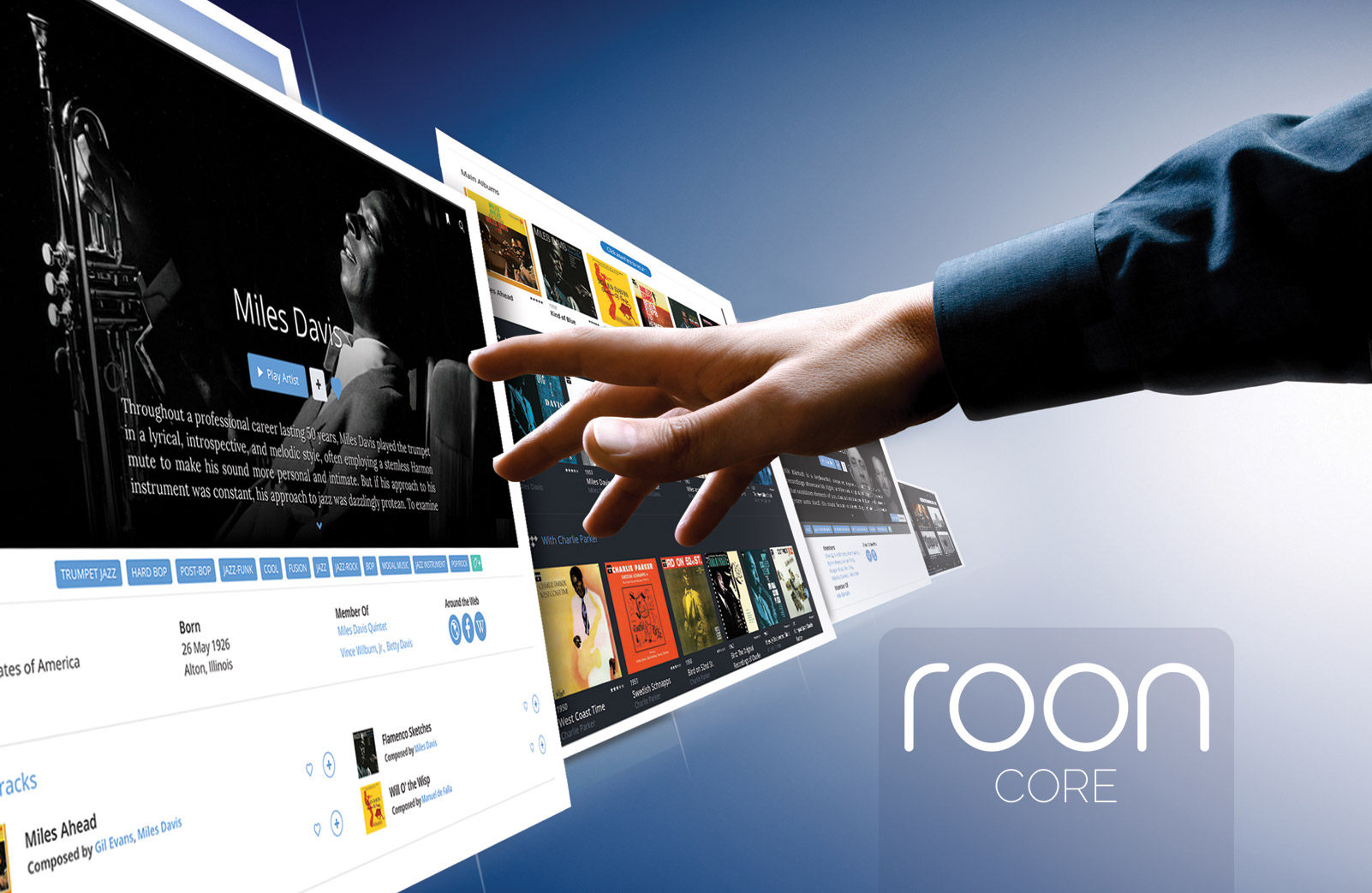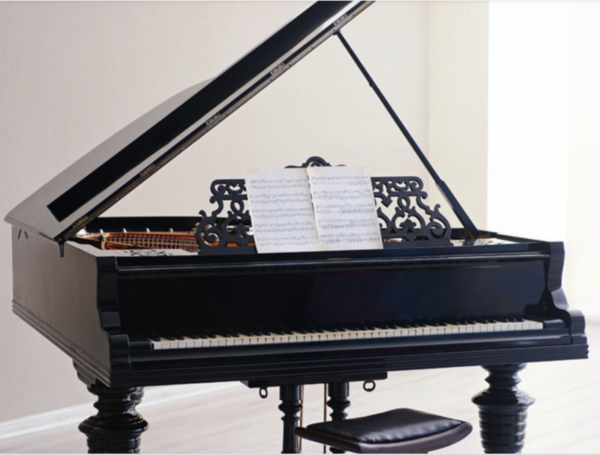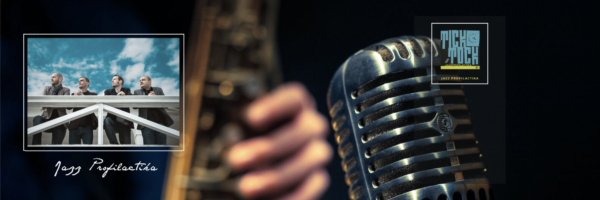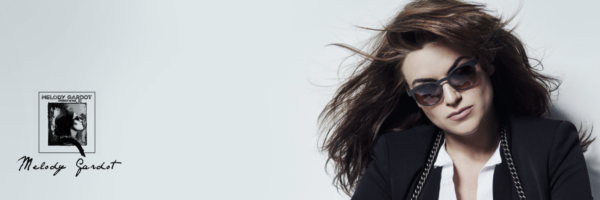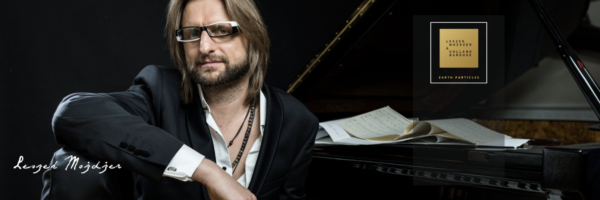Description
Our Ex Demo AEOn Server, complete with 2TB SSD, in Silver.
The 432 Evo Aeon easily surpasses many other similarly priced digital sources, sounding closer to high end analogue with no hint of digital harshness. The Aeon can be upgraded later to the Master.
The Aeon was developed from the 432 EVO High-End model, taking the design further. It shares the dual power supply setup from Sbooster, but with a high quality SOtM superclock board for optimised USB output. The Aeon also has additional core specific software tuning to minimize jitter, and all audio processing now runs on a dedicated core.
The Aeon runs full Roon or Logitech Media Server and our sublime 432 Hz enabled player, which can also play bit perfect to the highest possible quality. It also features a bit perfect Teac CD drive for ripping your CD collection.


432Hz Tuning
432 Hz is one of the ways to tune musical instruments, and is also known as the Tuning Note “A” and A = 432. Music tuned to 432 Hz sounds better than contemporary music which is tuned at A = 440. The famous Stradivarius for example was tuned to 432 Hz according to the Verdi tuning
During historical periods when instrumental music rose in prominence (relative to the voice), there was a continuous tendency for pitch levels to rise, also known as the pitch inflation. A higher pitch such as our current A = 440 standard sounds sharper, louder and more “fresh”, but also more aggressive, which is not a quality audiophiles are looking for.
The 432 EVO offer you the possibility to convert your existing music on the fly into the better sounding 432 Hz, without any resolution loss. Several best of show awards we have won are the ultimate proof, and recent research by Maria Renold and a group of 2000 people showed that 90% preferred 432 Hz.
For purists we still offer bit perfect mode on par with the best CD transports, or upsample only mode for those who want to tune the sound. All these modes are live switchable.
The 432 EVO Aeon incorporates a modern power efficient Quad Core CPU with 4 or 8 GB of RAM (8 GB RAM when HWBOOST is selected as option). We implement many techniques from the supercomputing world inside the Aeon to guarantee a stellar audio performance: the audio decoders and 432 Hz processing run on a dedicated core, and will never run out of CPU cycles or have to fight with other processes. The dedicated audio core runs a custom clock scheduler which doesn’t interrupt the critical audio processes at 1000 times per second, greatly improving software jitter, as process switching is minimized.
The Aeon also eliminates typical “chaos” found inside the OS of many other servers by using advanced kernel & process tuning configurations not found in any competing product, further lowering software jitter by reducing entropy. This is a remarkable achievement and key to it’s stellar performance.
Using custom BIOS and kernel tuning, the EVO actually shuts down chip functionality on the motherboard, so it acts like a software defined custom motherboard. The big advantage of this approach is that the Aeon is future proof. If faster and/or better sounding main boards become available, the customer will be able to upgrade. We already offer this to existing customers.
We use a custom realtime Linux OS, refined and tuned by 432 EVO’s owner Frederic Vanden Poel, who is also a senior Linux consultant building with 20+ years of IT experience. The EVO can be on 24/7 and will never run hot, always running cool while sounding analog and very refined.

Linux
432 EVO uses a custom realtime Linux OS tuned for ultra low software jitter and reduced entropy.

Solidstate Drive
The 432 EVO can be optionally be ordered with single or dual noise filtered audio grade SSD’s, leading to a 100% silent solution. Can be ordered with 2 TB, 4 TB or 8 TB of total SSD storage.

Bit Perfect Ripper
The bit perfect Teac rip drive is hand tested and compared against test CD’s for perfect operation.

Hardware Boost
The HWBOOST option doubles the RAM, and has a faster CPU and better clock. It must be ordered as an option with the High-End.

USB DAC output
Connects to your USB DAC.
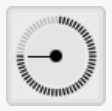
Super Clock
Our Aeon does not reclock the ultra low noise USB output, but clocks it directly with a dedicated super clock board.

USB Tuning
The audiophile USB output is a true dedicated card with low noise output.

Dual SBooster External Power Supplies
The importance of a pure and clean power supply for digital audio cannot be stressed enough. Digital audio’s enemy is noise, and much of that comes from poorly designed power supplies or cheap SMPS (switched mode power supplies). In fact a dirty power supply can not only ruin the sonic performance of a server, it can also inject noise down the mains to infect the rest of your system!
We thus take the specifications of our power supplies extremely seriously. The Aeon has a true double independent power supply. Instead of offering several of dependent DC rails from one transformer, each of the bundled power supplies with the Aeon has a separate AC filter, torodial transformer and dual stage DC buffering.
The second part of the DC buffer is attached to each power supply, leading to a very short current paths towards the dedicated USB output board and superclock board of just a few centimeters. The “IT” parts inside the server also have their own dedicated power supply, with DC filtering between storage and main board, acting as a noise firewall for the moving parts inside HDD’s, or the PWM converters in SSD’s. As we use 2.5 inch drives, the electrical & mechanical noise is already drastically lower compared to normal consumer drives.
Using a dual design with 2 external transformers leads to much faster transients compared to a single shared transformer. Both power supplies are also free of any transformer noise.

Roon
Comes pre-installed with a recent full Roon Core (not just endpoint). A separate Roon license is required.

Tidal streaming
Compatible with Tidal subscription-based music streaming service that combines lossless audio and high-definition music.

Qobuz streaming
Compatible with Qobuz streaming service with more than 40 million tracks available, and also offers true 24 bit streaming.

Internet Radio
Supports thousands of internet radio stations, and common formats including AAC, AACv2, MP3 and lossless FLAC stations.

Logitech Media Server
LMS is a very stable music server with two decades of software improvements, and is still supported.

Spotify
Compatible with Spotify, currently the biggest digital music service that gives you access to millions of songs.

iPeng controller
LMS users can use several control apps, including iPeng or the LMS web interface.

SqueezePad controller
Squeezepad is another controller, and like iPeng can control the LMS library manager.




